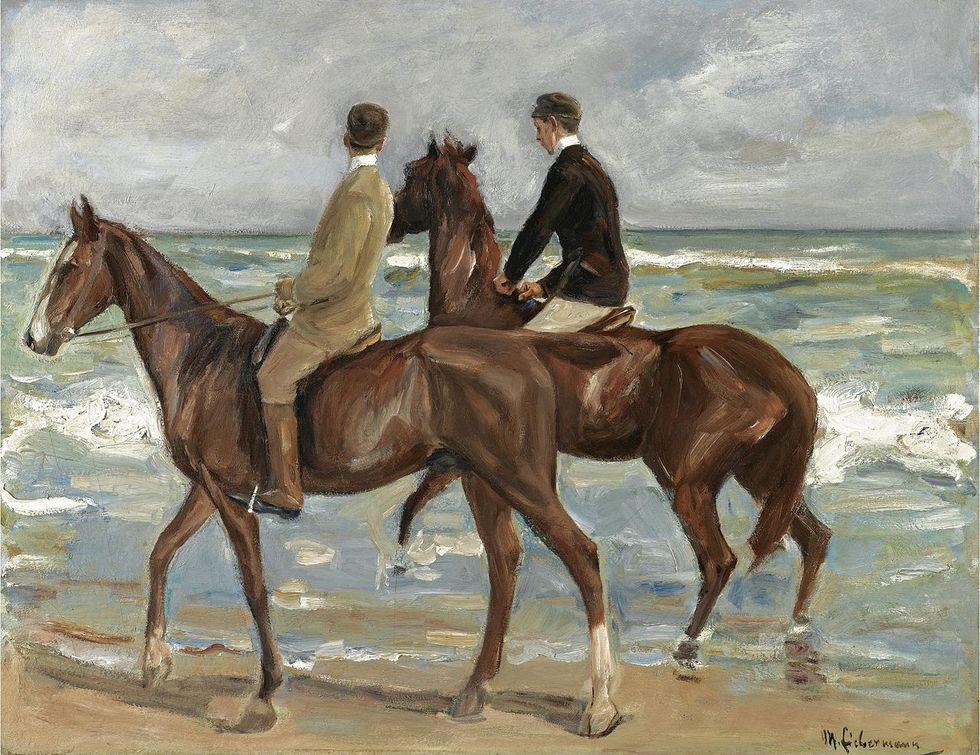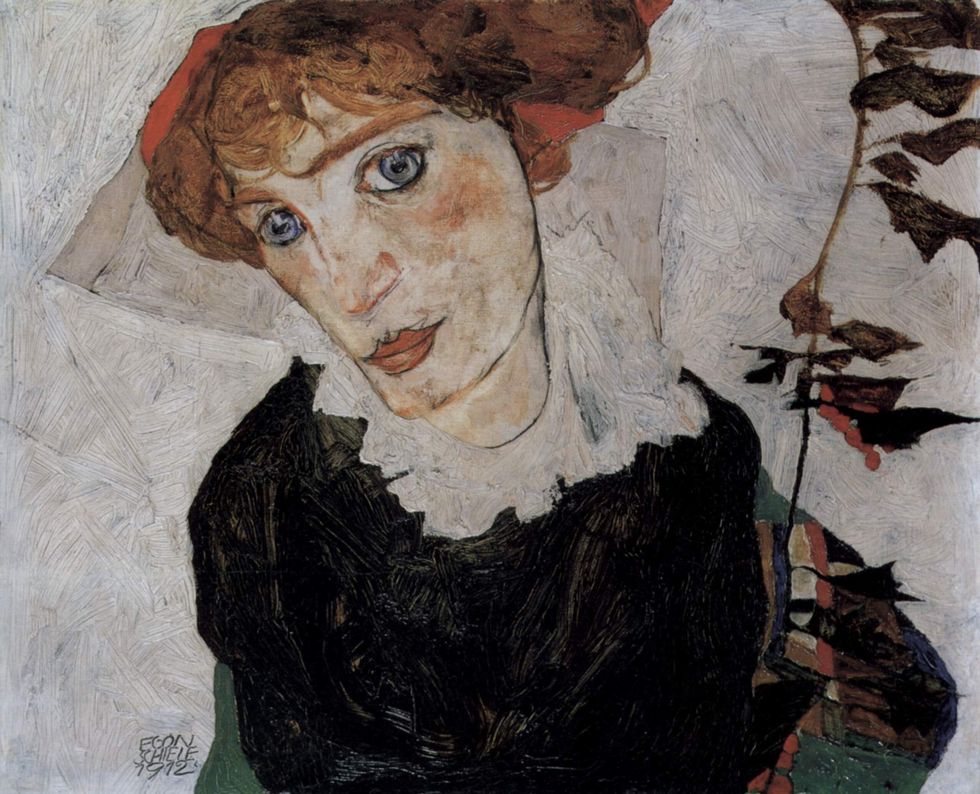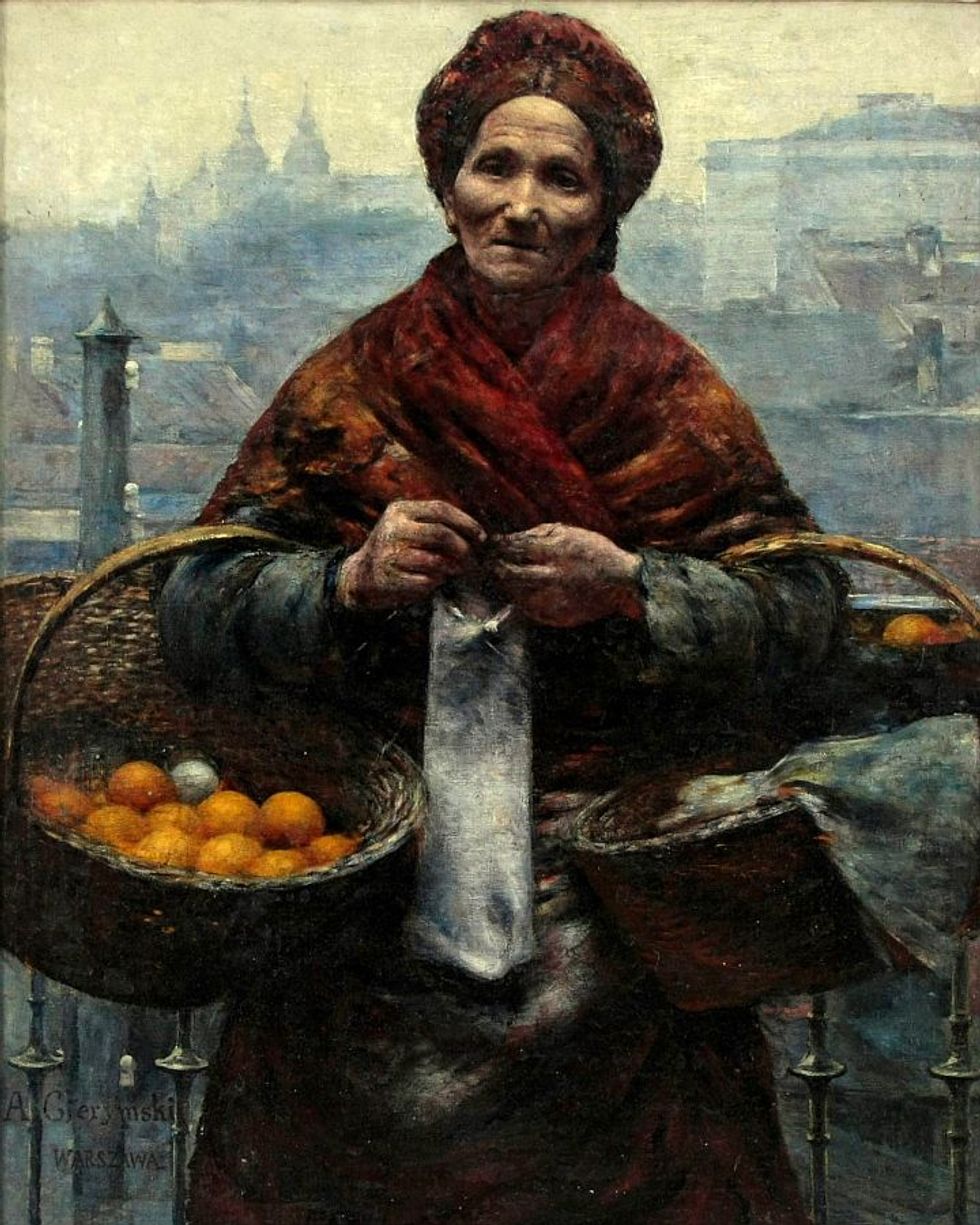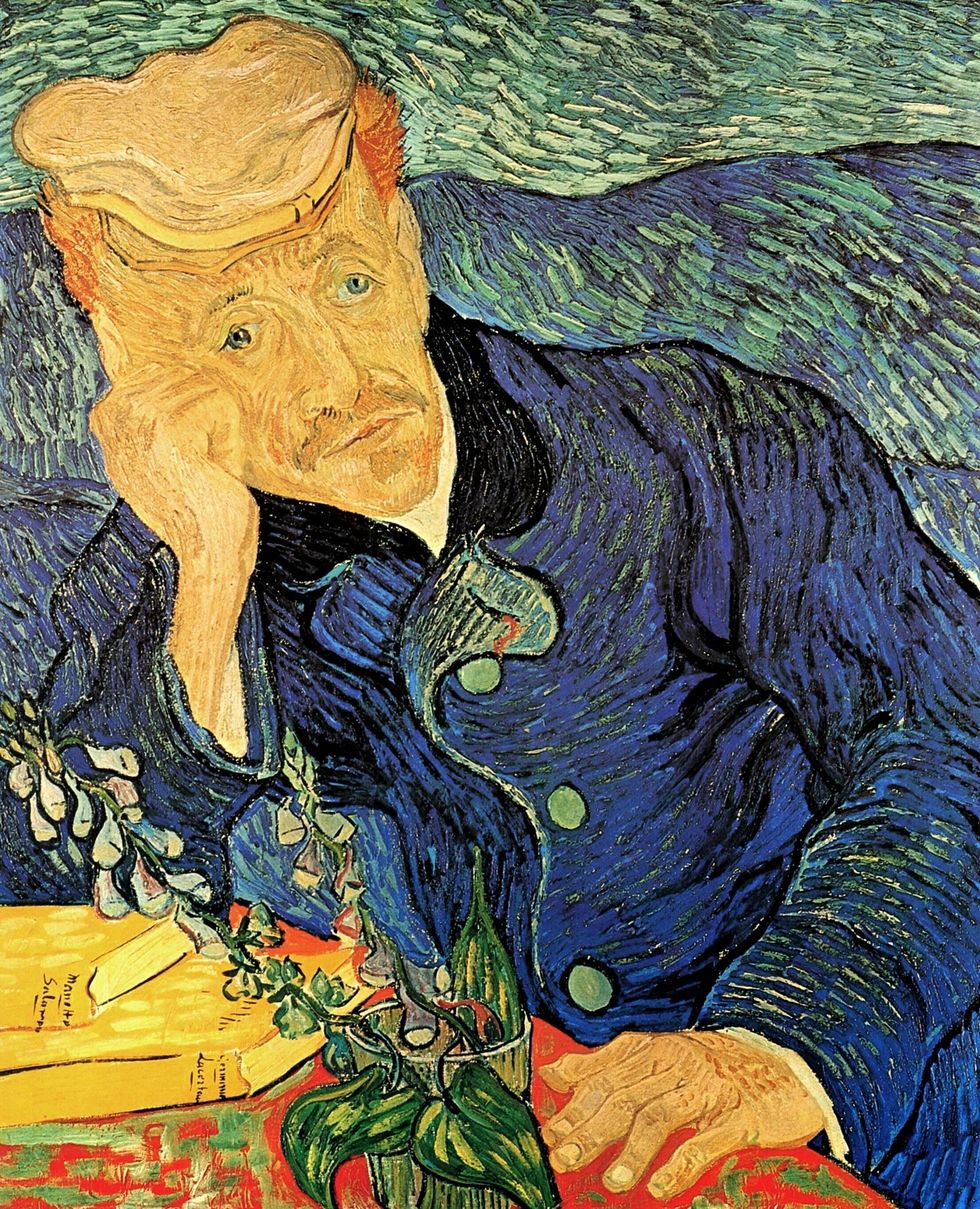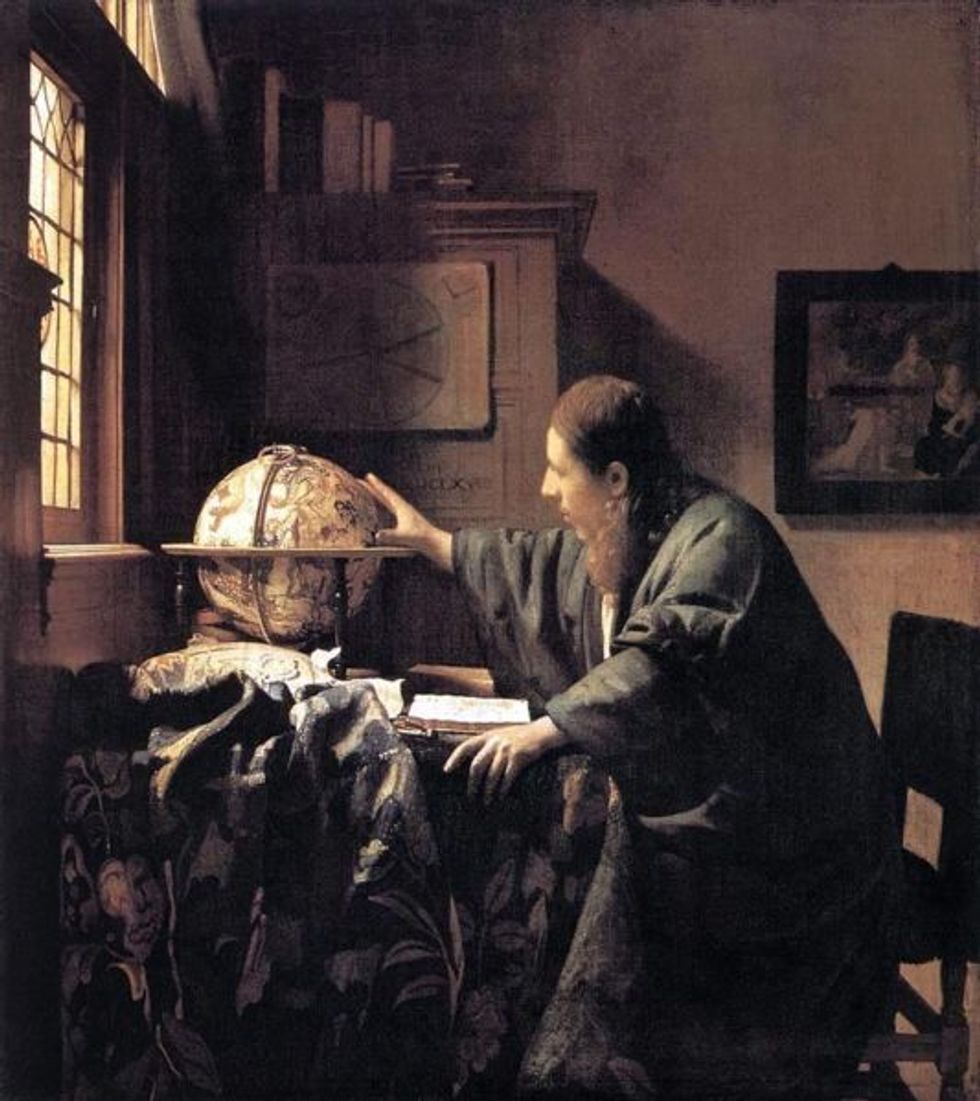Some of the art you see hanging on museum walls are Impressionist-era works. Others are unclaimed Jewish art stolen by Nazis. In what is the biggest government-approved robbery, over 100,000 stolen works of art remain unaccounted for. Decades later, Jews and their descendants have not received justice.
With the world in absolute disarray in World War II, the focus was on surviving bombings and capture. As city after city was captured by Nazi Germany, life was engulfed by them. Everything was at risk. Jews sold artworks below market value under duress because of Aryanization. As fear soared, Jews were chased from their homes. Nazis raided homes, stealing land, gold, and art for personal gain and Germany.
A precise number cannot be placed on the amount stolen. Total estimates have been put at 650,000 artworks with a value of $20.5 billion in present inflation. Hundreds of thousands of those artworks were taken from Jews.
Art gathering during the Nazi era raised notable efforts because of Adolf Hilter's personal interest with paintings, being an artist himself. Northern European and realist artwork was prized, whereas modernist works rebuked. Hilter famously denounced those radical and boundary-pushing pieces as degenerate art.
Another lost part of art stems deeper than displacement. If the art was deemed invaluable, it had no future. Some were spared with fast auctions. Other routes were dismal. Similar to book burning, artworks that Hilter disliked the style of and Jewish artworks were sometimes destroyed to erase their cultural footprint.
The process was intricate to the extent of sectoring a service called Einsatzstab Reichsleiters Rosenberg. This unit confiscated art sectioned as Jewish and non-Jewish owned. Finally, they would be stored in 1,000 German and Austrian repositories. The mission was to create Europe's largest private art collection with undercover Nazi art dealers researching what to take next.
Spread throughout a continent famed for its masterpieces and artistic genius, this was a heavy but underrepresented topic. Little was done to make progress. Given the intensely political nature, post-Cold War induced countries had to recollect on the war itself. A desire was formulated for a return to World War II issues and tie any loose ends. Particularly from the United States, which was involved in the issue with stolen art being carried over to the US.
With then-president Bill Clinton's submerged interest for Holocaust issues, he had his administration look into looted art cases. In the eyes of the passionate World Jewish Congress and the World Jewish Restitution Organization, the US involvement would be a culminating movement for a conclusion.
Pushes from Jewish organizations gave the field a stronghold in the 1990s and validated the desire for restitution. With awareness raised and outpouring public support, legislation was propelled in response to that renewed interest. In 1998, Washington Principles on Nazi-Confiscated Art was signed by 44 mostly European countries.
Non-binding, it promised Jews and other victims of Nazism a resolution. A vague guideline listed how countries could successfully identify looted art and how to mediate the ownership dispute process. Writing did not go further than that.
The entire principle is weak and does not break the surface. Absent is the innovation needed, offering little more than what was already known or implemented. Unsurprisingly, its signage did little more than good image management.
Digging into collections to identify what was – and is not – stolen is a difficult process. Museums frequently scan their collections. Consideration taken into account is tracking its entire history. Unaccounted for location gaps will raise eyebrows and provenances prone to this spark a closer reading. Archival work has been put into directories of known looted works available for owners.
Allied countries and others affected sent 350 men in total to locate and recover looted pieces as well. "Monument Men" was the slick term coined for those tasked with retrieving art from the very walls of Hilter's residence.
However, an issue lies in the formula. Recovered pieces were given to home countries, not the actual owners. It then became a bureaucratic process benefiting the governments' interest only given the rich value of some art. As a result, numerous obstacles have arisen.
Miscommunication is prevalent. Language barrier aside, art goes unclaimed due to lost records and descendants unaware of the existence after death. Owners have to search for pieces they may have assumed were gone forever.
Other ways are owners providing detailed descriptions of what was looted, but without knowing where it currently is, locating it that way is near impossible. Also, the process of individual research and then claiming is expensive and slowly paced.
Ownership has different angles. With copyright, there is the right to display and the act of keeping the work in your possession. Museums have become hesitant to part with beloved pieces. Some have gone as far as to declare themselves the rightful owners. On paper, it is a standing point since World War II sales made are nonetheless documented.
Losing ambition, numerous uncompensated owners challenged their governments since the 1980s on behalf of citizens' rights to be reimbursed. It has become a regular topic in the art world. Adolphe Schloss and his family are one of the many nameless victims. Schloss was a famed Jewish art collector and regarded as owning one of the best collections in his time.
Around 300 pieces, Schloss had the finest work by Danish and Flemish artists. He left that high art to his wife and children upon death. Once the war broke out, the heirs went to great lengths to hide his collection, but it was in vain.
Like most situations, the looted pieces were eventually relieved, only to be sold from country to country before finding itself in a public auction house. The public resurfacing of Bartholomäus van der Helst's oil print on wood "Portrait of a Man" would paint a grim scene. Despite all the proof and arguments, nothing could be done for its bloodline owners.
Laws seem to bend in favor of the new owners more so than those with moral claims. In the case of "Portrait of a Man," if a person can prove to Austrian officials they purchased art unbeknownst to them of its looted history, they do not have to turn it over. This left the Schloss family trying to negotiate for anything they could in the hopes of mercy, such as a percentage of sale proceeds.
Given the historical context of such sales, ethics are strung high. It begs several questions. Why would museums want to display stolen art? Famed art havens opening their doors to eager viewers are cheating visitors by showing art not meant for their eyes. How can art havens proclaim their love for a splattered canvas and goal to share it with as many as possible, while also disrespecting the artists' wishes and hopes for their pieces?
Oeuvres are uncommon in a single venue because of how the artists and guardians spread the pieces. If a venue accepts that it cannot show all of a popular artist's work because there are other rightful buyers and displayers, then why so vigorously make a claim to these tainted pieces?
Hollow promises, broken methods and refusal to cooperate have perpetuated and stagnated the process. Ranking highest on the shame list were Italy, Hungary, Poland, Argentina, Spain, and Russia. However, rejection from public outcry to Supreme Court justices has given structure to the anarchy.
Hearing about art that was taken down from museum walls and then repurchased from the heirs is common. Heirs are at least able to profit while continuing to bestow the unaware public with delights. Policies range from venue to venue. If the original owners cannot be located, the curators in Boston’s Museum of Fine Arts refuse to exhibit the work.
Quite a few pieces linger in a gray market, to add more complexity. That is where paintings are sold, but usually intimately from one private collection to another. Despite a large number of artworks that have seemingly vanished, the cause is far from lost. Discoveries continue to be made, a restitution of the artists and history that opens a dialogue. In 2011, around 1,400 pieces were recovered in Germany. Artworks from the noble likes of Pablo Picasso and Max Beckmann saw light again and new homes.
This is a difficult part of history that should be addressed wholeheartedly. More needs to be done to right the wrongs, so these pieces can truly be home and enjoyed by whoever is allowed to gaze upon them. For those wronged, this, in many ways, is a second World War II victory.


